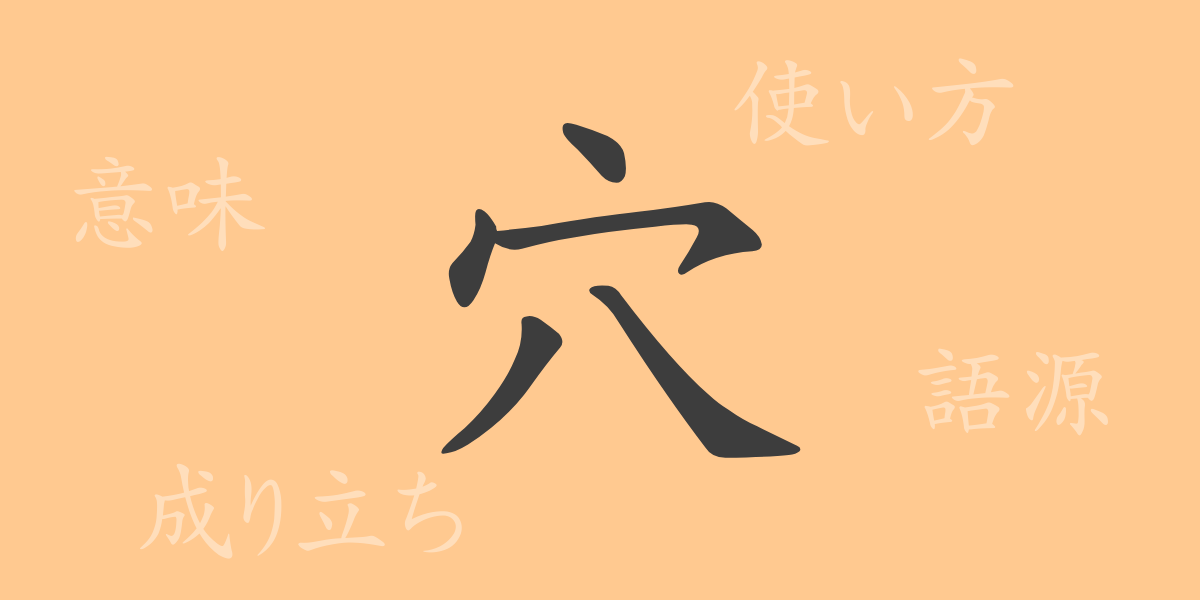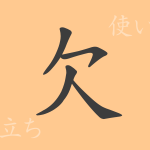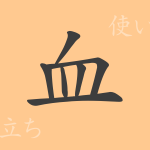Each character in the Japanese language has its own history, and the kanji “穴(あな, ana)” used countless times in daily life is no exception. This single character carries rich meanings and usages, and the idioms and sayings rooted in our culture reflect deep wisdom and history. This article delves into the world of “穴(あな, ana),” exploring its origins, everyday uses, and the expressions it forms in our language.
Origin of 穴(あな, ana) (Etymology)
Exploring the origins of the kanji “穴(あな, ana)” is a journey to understand how language has closely intertwined with people’s lives. In ancient China, “穴(あな, ana)” began to be used as a word meaning a hole or gap in the ground or an object. This character combines “宀(うかんむり, ukanmuri),” representing a roof, and “八(はち, hachi),” symbolizing the act of digging a hole. Thus, it signifies a space under the roof, or a “hole.”
Meaning and Usage of 穴(あな, ana)
In modern Japanese, “穴(あな, ana)” is used not only to mean a physical hole or gap but also in a metaphorical sense. For example, it is used in expressions like “抜け穴(ぬけあな, nukeana)” for loophole in a plan or “人手不足の穴(ひとでぶそくのあな, hitodebusoku no ana)” for a manpower shortage. Thus, it applies to abstract concepts as well.
- Reading: On’yomi (Chinese reading) is “ケツ(ketsu),” and Kun’yomi (Japanese reading) is “あな(ana)”
- Stroke count: 9 strokes
- Radical: 穴部(あなぶ, anabu)
Readings, Stroke Count, and Radical of 穴(あな, ana)
The kanji “穴(あな, ana)” is one of the common kanji taught in Japanese elementary schools. Its readings and structure are part of basic education. This character has both on’yomi and kun’yomi readings, used depending on the context. Additionally, the stroke count and radical are important elements in mastering this kanji.
Idioms, Expressions, and Proverbs Using 穴(あな, ana)
There are numerous idioms, expressions, and proverbs that include “穴(あな, ana).” For example, “穴があったら入りたい(あながあったらはいりたい, ana ga attara hairitai)” is an expression used when someone feels embarrassed. Another idiom, “穴を掘って埋める(あなをほってうめる, ana o hotte umeru),” means to waste one’s efforts. These expressions reflect Japanese emotions and behaviors, offering a glimpse into the language culture.
Conclusion on 穴(あな, ana)
The kanji “穴(あな, ana)” carries various meanings and usages associated with its shape, adding depth to Japanese expression. From its origins to modern usage and the many idioms and sayings it forms, “穴(あな, ana)” is an indispensable element of the Japanese language. Understanding this character’s diversity allows us to appreciate the profound depth and cultural background of the Japanese language.

























